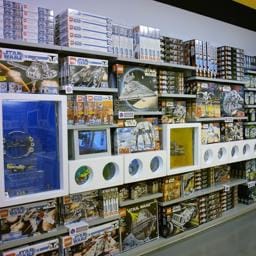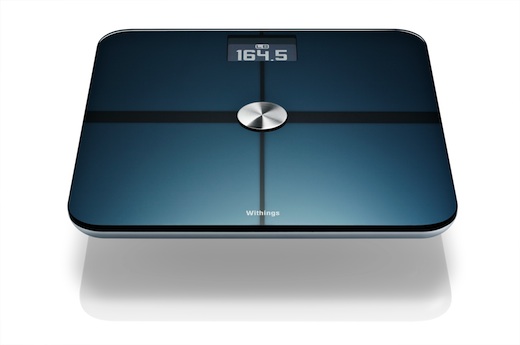Panasonic GF1 first impressions
I bought a Panasonic DMC-GF1 compact large-sensor camera in a kit with a small 20mm f/1.7 pancake lens on Monday to replace my Sigma DP2 as my everyday pocket (well, jacket pocket) camera. While the 17.3x10mm micro four thirds sensor is nowhere near as large as the full-frame 36x24mm sensors on my Canon 5DmkII or Leica M9, an APS-C sensor like the one on the upcoming Leica X1, or even the 20.7×13.8mm Foveon X3 sensor in the DP2, the big draw in the GF1 is its excellent responsiveness, as the autofocus and autoexposure lag in the DP2 is that otherwise excellent camera’s Achille’s heel.
The GF1 has been extensively reviewed elsewhere, technically by DPReview and hands-on by Craig Mod, and if you are interested in this camera I encourage you to read those very thorough reviews. I will not attempt to duplicate them here. Here are just salient observations from using this camera that I have not seen elsewhere:
- The image preview mode is deceptive. At the maximum 16x magnification, pictures appear far worse on screen than they really are. I can only assume the interpolation algorithms used are terrible. The camera’s review mode is useless for editing images or rejecting poor ones in the field, you have to return to your computer to get an assessment on critical focus.
- The orientation sensor is inexplicably part of the lens, not the body. The 20mm pancake does not include one. Even Canon’s cheapest digital Elphs or Rebels include an orientation sensor, its absence in a $900 camera kit is inexcusable.
- In program mode, the camera seems to always select f/1.7, even when lower apertures with more reasonable depth of field are available.






